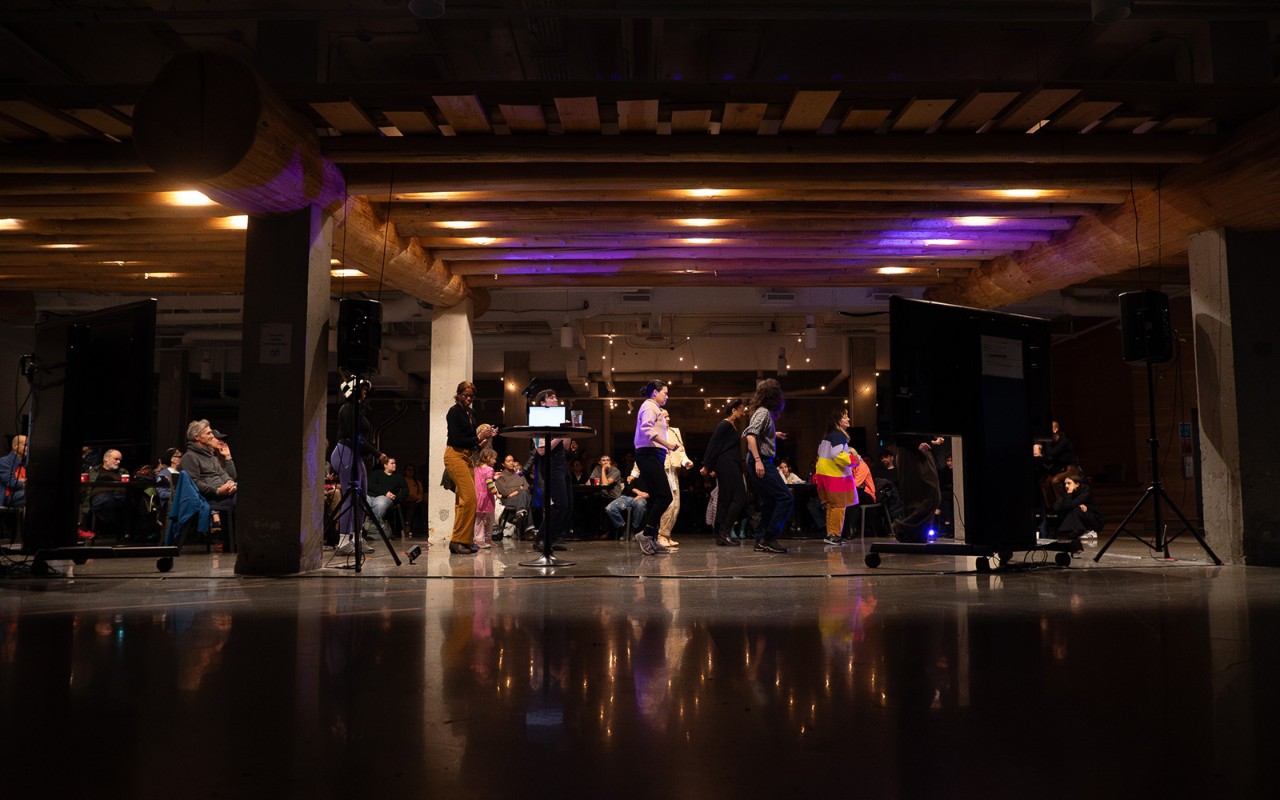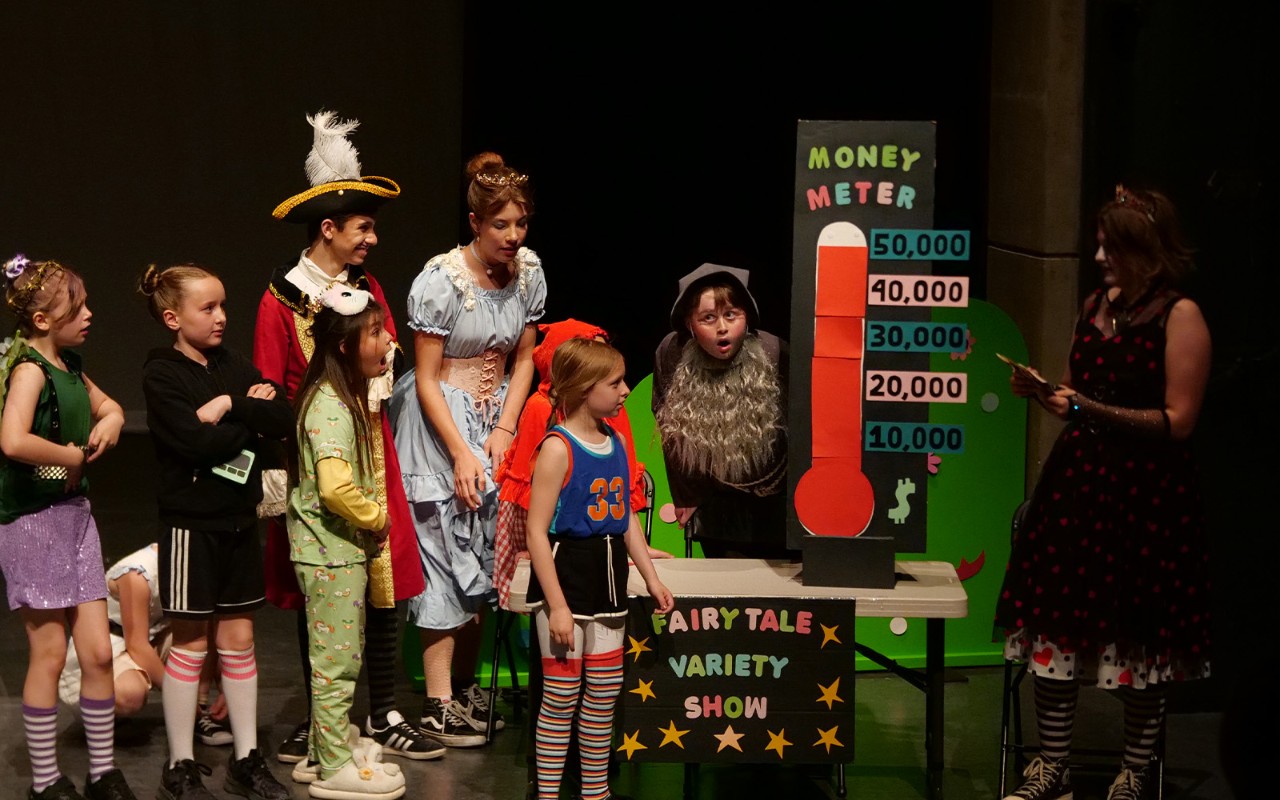Article, Social Justice, Community
Speaker Series on Aboriginal Issues 2016
On the first four Wednesdays of March, SFU’s Vancity Office of Community Engagement, SFU’s Indigenous Research Institute, and SFU’s Office for Aboriginal Peoples co-presented a speaker series on Aboriginal issues, featuring engaging lectures and panel discussions. The entire series was filmed and can be accsessed through our library.
On March 2, the director of the Office for Aboriginal Peoples, William G. Lindsay, presented the first lecture titled, “Dragons and Tricksters: An Intersection of Chinese and First Nations Culture, Philosophy, and Leadership.” Lindsay is of Cree-Stoney heritage, and has worked as an educator, administrator, and student services provider in Metro Vancouver for many years.
His talk tied together aspects of two “cultural threads,” in which he has found philosophical and practical similarities. Through this cross-cultural intersection, Lindsay discussed his observations of an overlap and intersection in the cultural and lived experiences of First Nations and Chinese peoples. Lindsay has found the discovery of an intersection of traditional leadership skills from both cultures to be quite relevant to his work “Indigenizing” a university
The evening included a screening of Cedar and Bamboo, a 22-minute documentary on the lived experiences of mixed heritage individuals and the unique relationships shared between Chinese immigrants and Indigenous people here on the west coast.
The second event on March 9 featured a panel discussion on “Two-Spirit and Indigenous Transgender Stories and Photos of Safety, Belonging and Wellbeing.” The panellists presented the results of a community-based participatory research project that was conducted in collaboration with transgender, Two-Spirit, and gender nonconforming people in Vancouver, with the purpose of exploring and better understanding the issues of violence, safety, mental health, wellbeing, and belonging in their lives.
The study was conducted by Bon Fabian, a proud Two-Spirit living in Vancouver, and Cindy Holmes, a white, queer, cisgender researcher from the Faculty of Health Sciences at Simon Fraser University. Accompanying Fabian on the panel, Holmes was represented by a member of the project’s advisory committee, Sandy Lambert, a Two-Spirit man who has been a part of the HIV/AIDS and Indigenous health movements for the past decade, and Chase Willier (Nirkwuscin), a Two-Spirit Cree transman, actively involved in the trans community initiatives.
The researchers discussed Photovoice, the research approach used for the study that combines photography and storytelling, and involves participatory action. Throughout the discussion, presenters shared photo stories that explained their struggles, demonstrated the challenges they encountered in their search for identity, safety, and wellbeing, highlighting their resilience.
Through an exploration of health concerns and potential strategies for social action, the speakers highlighted their strengths and resilience through the work they enact within their communities and in their daily lives.
“Indigeneity, Cultural Property, and Intangible Heritage” was the third event of the series, presented by professor of Archaeology at Simon Fraser University, George Nicholas. The conversation on March 16 challenged the audience rethink their conceptual understandings of the terms “heritage” and “cultural property,” as well as the definitions of cultural appropriation and cultural borrowing.
Nicholas was a director of the Intellectual Property Issues in Cultural Heritage (IPinCH) project, a seven-year initiative that focused on international collaboration between various scholars and researchers to find ways to facilitate equitable exchanges of knowledge relating to heritage.
“A [cultural] appropriation is an unwelcomed, unwanted use of someone’s cultural property, intellectual property — versus a borrowing of it, a more acceptable use [of culture and heritage]. It is often hard to distinguish between those two forms,” explained Nicholas in his lecture.
He addressed the issue of differentiating between when commercialisation or appropriation is a respectful way of creatively showcasing the history and heritage of Aboriginal communities, and when it crosses the line and becomes a form of unwanted appropriation, or even cultural violence. Nicholas discussed the way archaeological and heritage research should be conducted, without harming the owners of the intellectual heritage, while making sure the intellectual property is protected.
His conclusions included four key points: Indigenous property is not, and should not be public domain; access to control to one’s heritage should be considered a basic human right; Indigenous peoples historically have received the least benefits involving their heritage; and community research expands, and does not constrain, archeological research.
Through his examples from the IPinCH Project, Nicholas was able to show practical applications of theoretical concepts that he has discussed with the audience. His explanations provided an understanding of how community research and community-based heritage initiatives can challenge colonial structures and help Aboriginal peoples regain control of their heritage and intellectual property.
The series wrapped up on March 23 with a talk by the chair for the Department of First Nations Studies at Simon Fraser University, Eldon Yellowhorn on, “Finding Mile Zero on the Powwow Trail.” Yellowhorn grew up in the Piikani Nation, the home to the first powwow in Canada which was held in 1954.
Powwows are energy celebrations that are not particularly religious, but are a way to build community, to share joy, dance, song, and to enjoy the summer season. Over the years, powwow practices have spread across Canada and North America and are now an integral part of Aboriginal culture.
Yellowhorn’s lecture highlighted the changes in powwow practices throughout the years, with various videos and images. He referred to powwows as a form of intellectual property, but not the kind that requires any sort of special recognition or protection. Rather, he views powwows as art forms that are meant to be shared, appropriated, and modified with additions and enhancements to the original traditions.
“The great success of powwow is sharing… The best analogy for it is what we know in the online world as ‘copylefting’ — open-source software. That’s kind of what the powwow is like,” explained Yellowhorn.
Yellowhorn highlighted the Brocket Indian Days, the longest running annual powwow in Canada, and screened a trailer for a documentary he is working on that that retraces the course of the modern powwow trail, and its current expression at Piikani.
Latest/Related Updates
-
December 18, 2024

December 18, 2024
Between October 30th to November 10th this year, the 21st annual Heart of the City festival animated the Downtown Eastside with over a hundred community-oriented events under the theme Threads of Connection.
-
September 25, 2024

September 25, 2024
The release of States of Injury — with Wendy Brown marks Below the Radar’s 250th episode—a major milestone since the podcast’s inception in 2018.
-
July 10, 2024

July 10, 2024
On June 22, the cast and crew of Project Limelight’s production of East Side Story were greeted with applause as a full house welcomed the young performers back to the Fei and Milton Wong Experimental Theatre stage.
-
January 10, 2024

January 10, 2024
Our Below the Radar podcast mini-series See How We Run! looked at local arts collectives and organizations, highlighting conversations about creation, spacemaking, accessibility, and self-determination within the framework of Vancouver’s cityscape.
-
August 15, 2023

August 15, 2023
With details of our 5-year anniversary celebration event to come, let’s take a sneak peek of the upcoming season.



